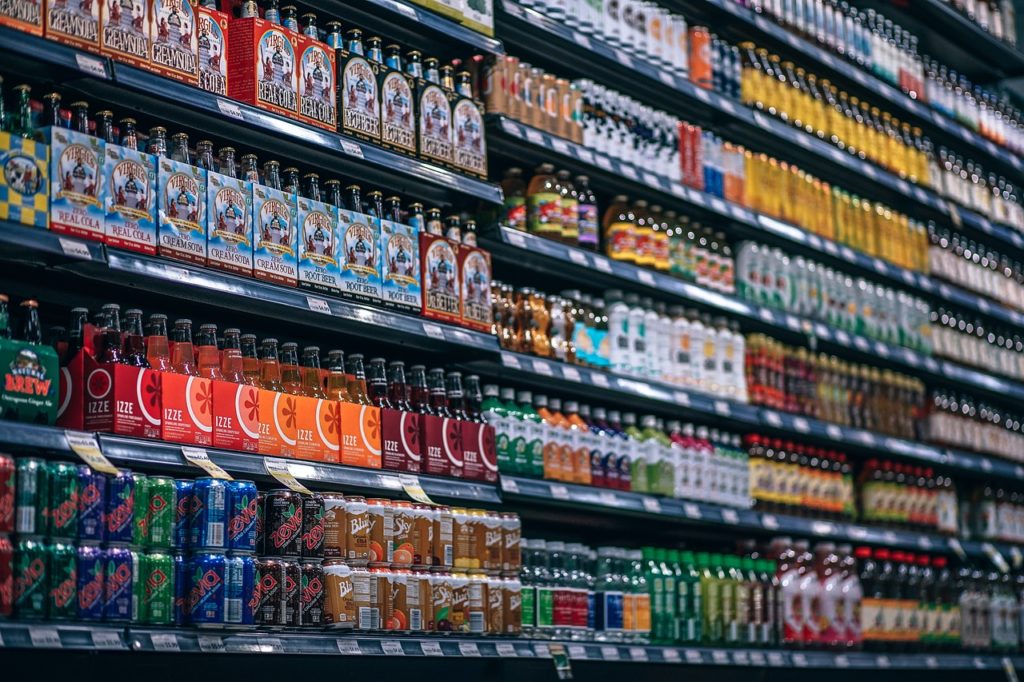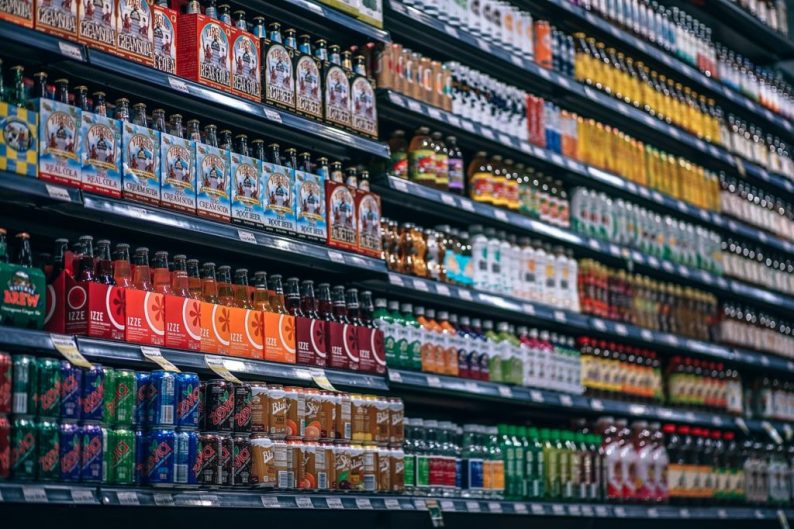by [email protected]
Earlier this year, India’s largest e-grocer, BigBasket, received $300 million in funding led by China’s e-commerce giant, Alibaba. This is the biggest investment raised by the company since it started operations in 2011 and values it at around $950 million. BigBasket cofounder and CEO Hari Menon says the money will be used for “Growth. Growth. Growth.” According to Menon, BigBasket’s backend is “a well-oiled engine.” The investments over next 18 months, he says, will be in marketing, infrastructure expansion and technology like user interface improvements and advanced analytics.

igorovsyannykov / Pixabay
This growth will translate to two key numbers, says Menon. Rs. 300 crore ($45 million) revenue in the month of September 2018 and Rs. 500 crore ($75 million) revenue in March 2019. “This will take the company to an exit revenue run rate of Rs. 6,000 crore ($900 million). We are advancing this goal by one year,” he adds.
Menon’s haste is not surprising. There is a big battle brewing in India’s e-commerce market. For over a year now, there has been talk of Walmart, the world’s largest retailer, taking a stake in India’s largest e-tailer, Flipkart. The buzz has grown. There is also talk of the global e-commerce giant Amazon, which is currently the second largest e-tailer in India, wanting to get a piece of Flipkart. While all three refuse to comment on speculations, media reports suggest that the deal between Walmart and Flipkart will be sealed soon. If it goes through, as expected, it will give Walmart a strong foothold in India, one of the fastest growing e-commerce markets globally. For Flipkart, it will mean additional arsenal against Amazon, which is betting big on India. One area that is expected to see a huge impact with any redrawing of the battle lines is online groceries.
“Grocery is the largest consumer segment by far; Indians spend more than 50% of their monthly income on groceries. It’s a must-capture space for all retailers, be it offline or online,” says Harminder Sahni, founder and managing director of consulting firm Wazir Advisors. “Grocery is a very hyper-local business. It is the logical next step for e-tailers once they have set up a strong delivery system and have a strong customer base,” says Sreedhar Prasad, partner, business consulting at KPMG India.
Grocery retail in India is estimated to be over 60% of the country’s total retail market. Analysts peg it anywhere between $400 billion to $600 billion at present with the potential to cross $700 billion by 2022. Online grocery is still small, but analysts see it as having huge potential. It is estimated to be around $500 million to a little over $1 billion currently and expected to cross $3 billion to $5 billion or even much more over the next three to four years.
It’s not just the size of the grocery pie that is attractive to e-tailers — it’s the stickiness. Groceries (and vegetables and fruits) are an essential purchase for every household. They are bought frequently and with a high repeat rate. Customers typically buy them without giving too much thought. The player that can capture the lion’s share of a customer’s mind share and wallet share in groceries can have a sharp edge over others; it can become the default e-tailer for other purchases, too.
Anindya Ghose, professor of information, operations, and management sciences and professor of marketing at New York University’s Stern School of Business, points out that even for online grocers, roughly one-third of their sales come from “non-food items” such as cleaning supplies and beauty products. In the real, bricks-and-mortar world, this number is about 15%. Ghose adds: “Online grocery typically attracts the most profitable customers: dual-income households, customers who prioritize convenience over price, and customers with high lifetime value. These are the kinds of customers e-commerce retailers should care about.”
The Amazon Factor













Leave A Comment